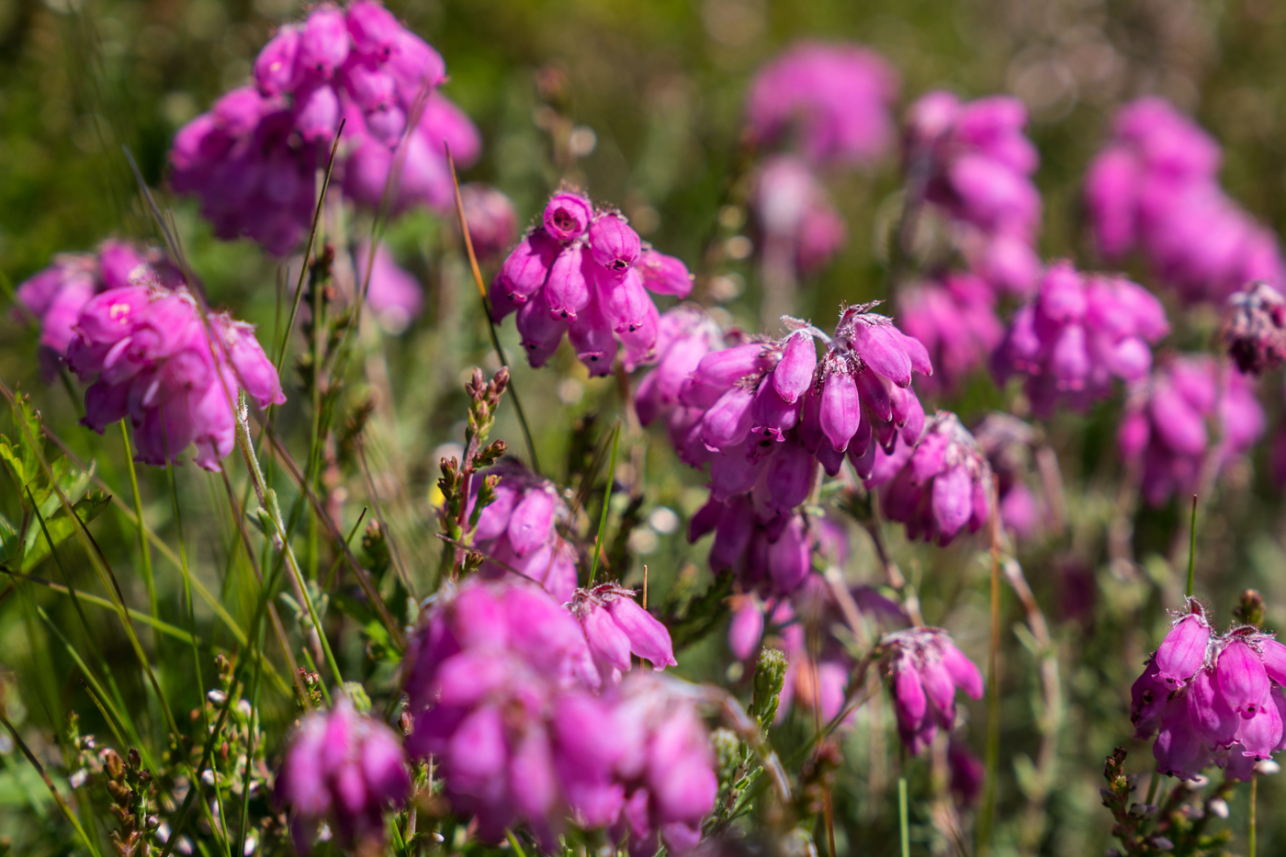Water resilience at Thirlmere
Thirlmere Resilience Partnership Officer Isaac Johnston says it’s in all our interests to create a wildlife friendly environment on a landscape scale.

In 2015, Storm Desmond was the fourth named storm of the season and brought severe gales with gusts up to 81 mph, accompanied by a new UK record of 405 mm rainfall at Thirlmere, in the Lake District, in just 38 hours.
The heavy rainfall caused severe disruption in the region with blocked roads, collapsed bridges and evacuated homes. Tens of thousands of houses lost power when an electrical substation was submerged in flood water, and landslides and flooding closed main roads and caused major disruption to rail services.
Despite the unprecedented amount of water, and extreme flooding, drinking water was in short supply. Huge volumes of sediment had been churned in the reservoir, putting the water supply at risk. This prompted a massive shift in the way water companies wanted to manage the land in their care, and introduce practices to help maintain a sustainable, clean supply of water.
Five years after Storm Desmond we partnered with United Utilities, Natural England, Cumbria Wildlife Trust, West Cumbria Rivers Trust and the Centre for Ecology and Hydrology at Lancaster University to manage the land around Thirlmere reservoir. Our aim is to create a resilient water catchment to supply the water needed by people, while providing a home for native biodiversity.
By using nature-based solutions to slow the flow of water from the land; we want to reduce the impacts of flooding and drought and secure a long-term, reliable supply of good quality raw water for West Cumbria.
Solutions to improve the catchment area include: restoring peatland; reducing the damage caused by high numbers of grazing sheep and deer; and changing forest management practices so there is more self-sustaining mixed native woodland cover and less conifer.
Introducing sustainable farming methods will also help. West Head Farm had over 2,000 sheep and was one of the largest in Cumbria. Now a local shepherd grazes approximately 500 sheep and the vegetation is already visibly recovering on a landscape scale.
Four years into the partnership project, we are making good progress. Since 2020 our volunteers have helped plant over 4,000 trees and in the last year we have held 19 work parties engaging a total of 83 volunteers. We have good links with local colleges, universities and young ranger groups and have facilitated educational visits for 60 students who learnt about Thirlmere Resilience and protecting wild places.
Our plan is to continue planting trees across the site and create a tree nursery at the south end of the reservoir. For nature to thrive, it benefits from having a local provenance, so the nursery is a very important element in the plan. The Trust is working with local community volunteers to establish the old farmhouse as a hub. The vision is for a community led operation, collecting seed locally, nurturing them at home or in the nursery, and planting them out a few years later across the 40km2 site. This will include wild flowers and montane woodland plants to help stabilise the steep slopes.
Initial benefits of the work are already starting to show, however it may take many decades to create a truly sustainable and resilient catchment. We should know in September whether further funding for the partnership will be forthcoming. Watch this space.


